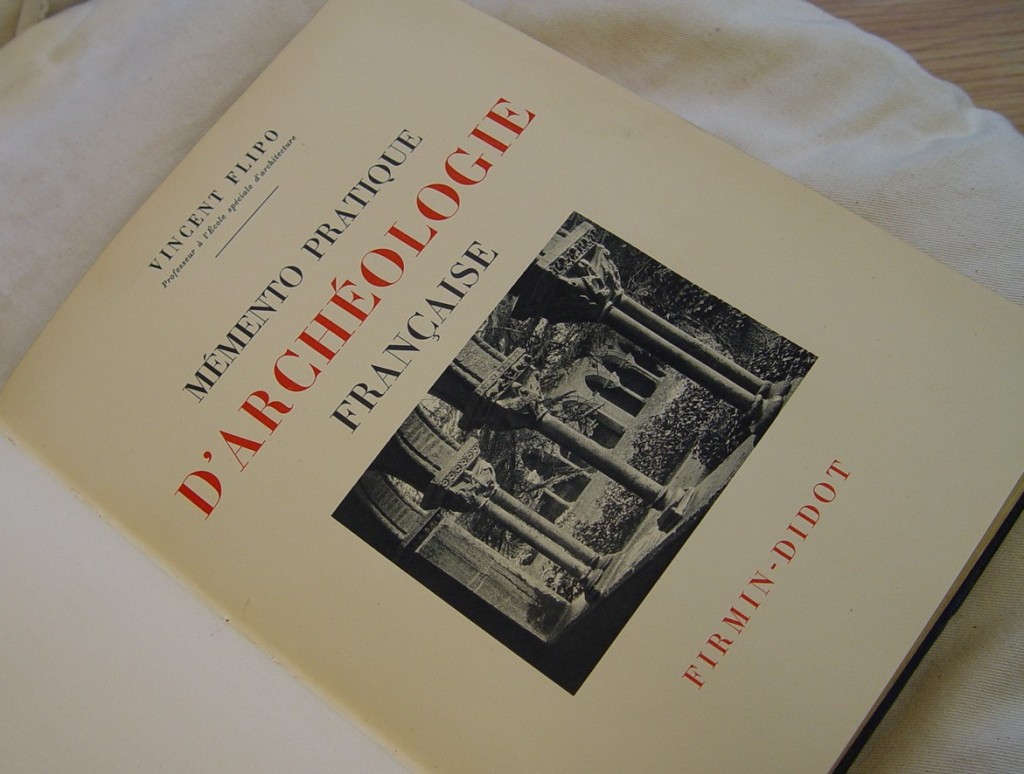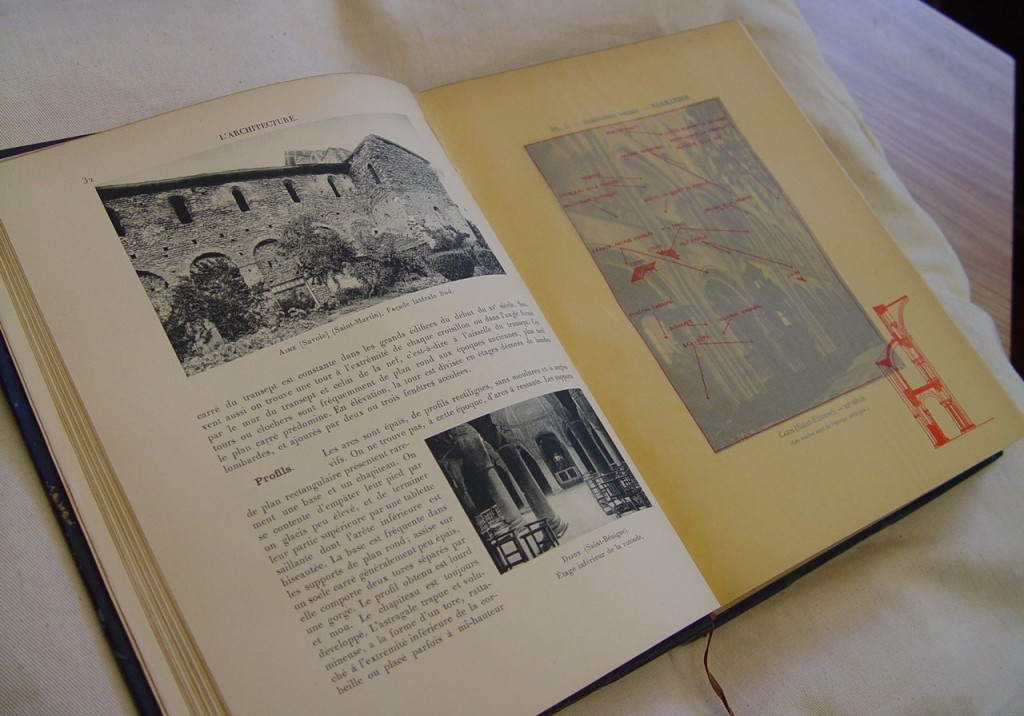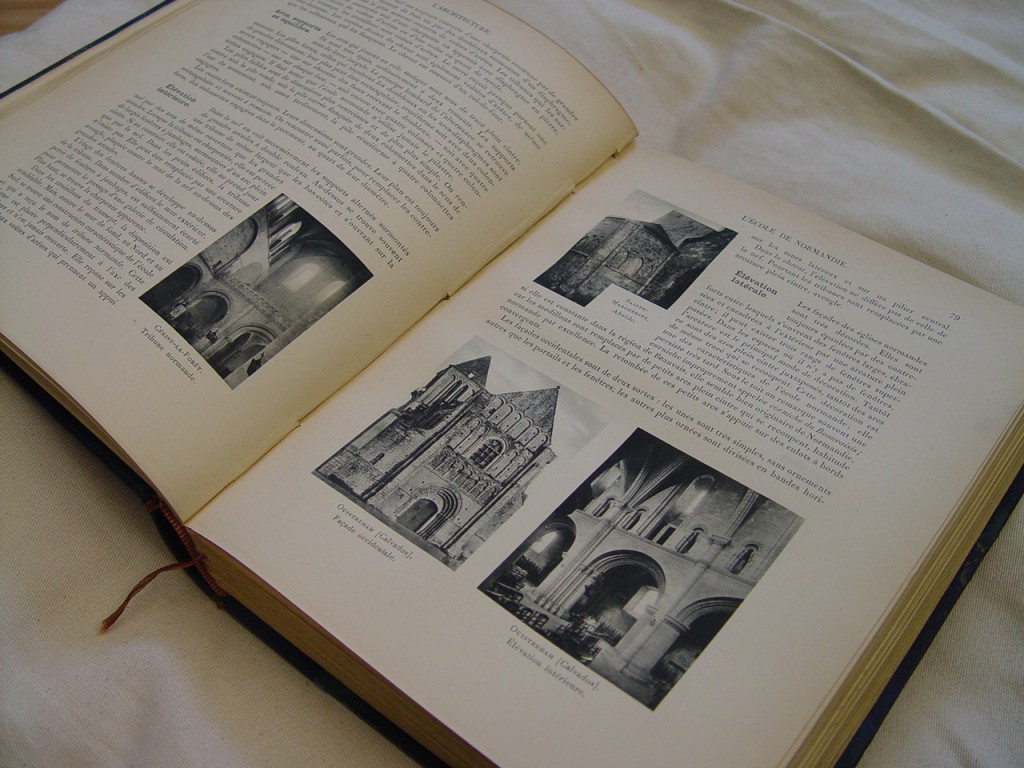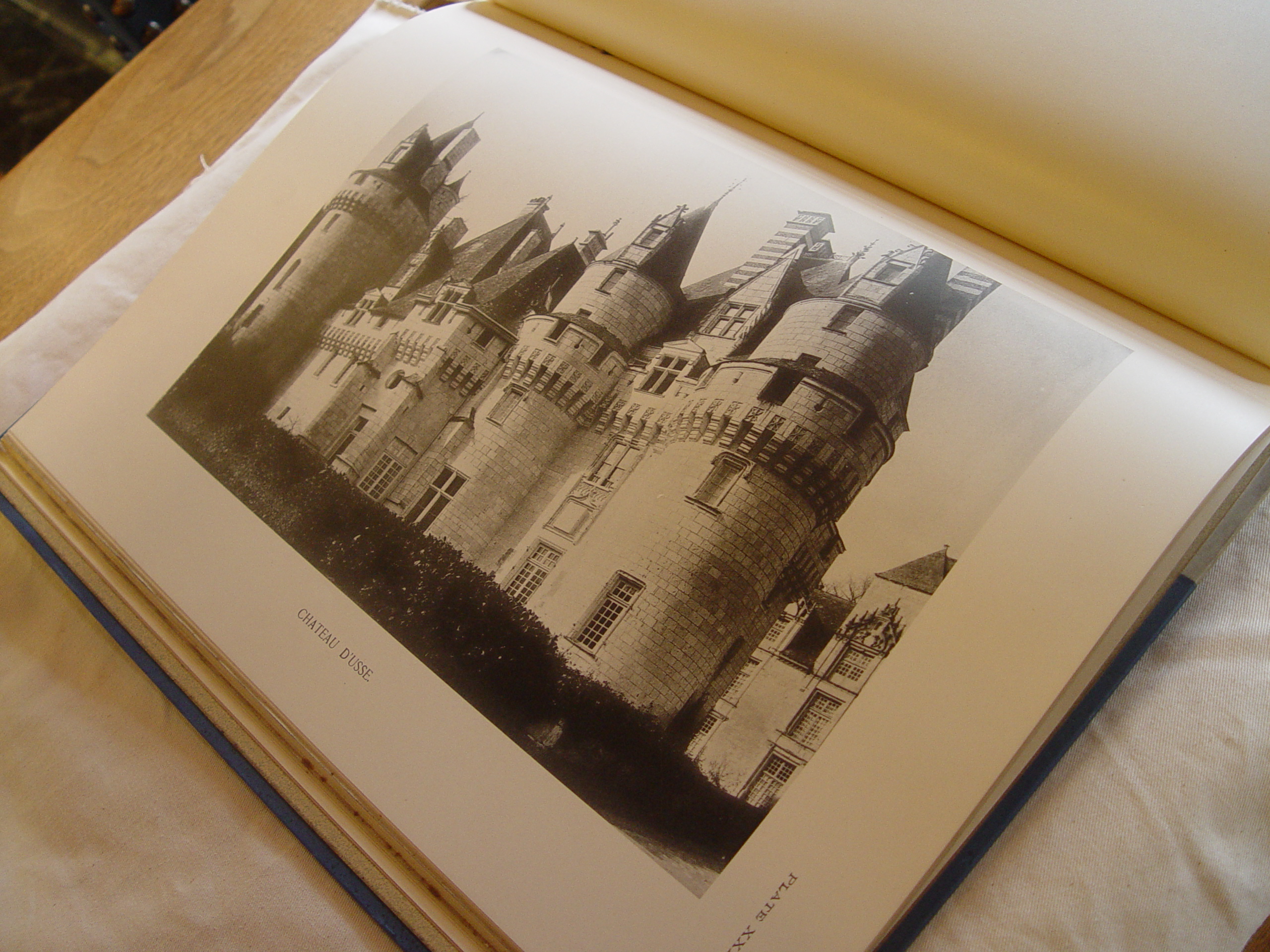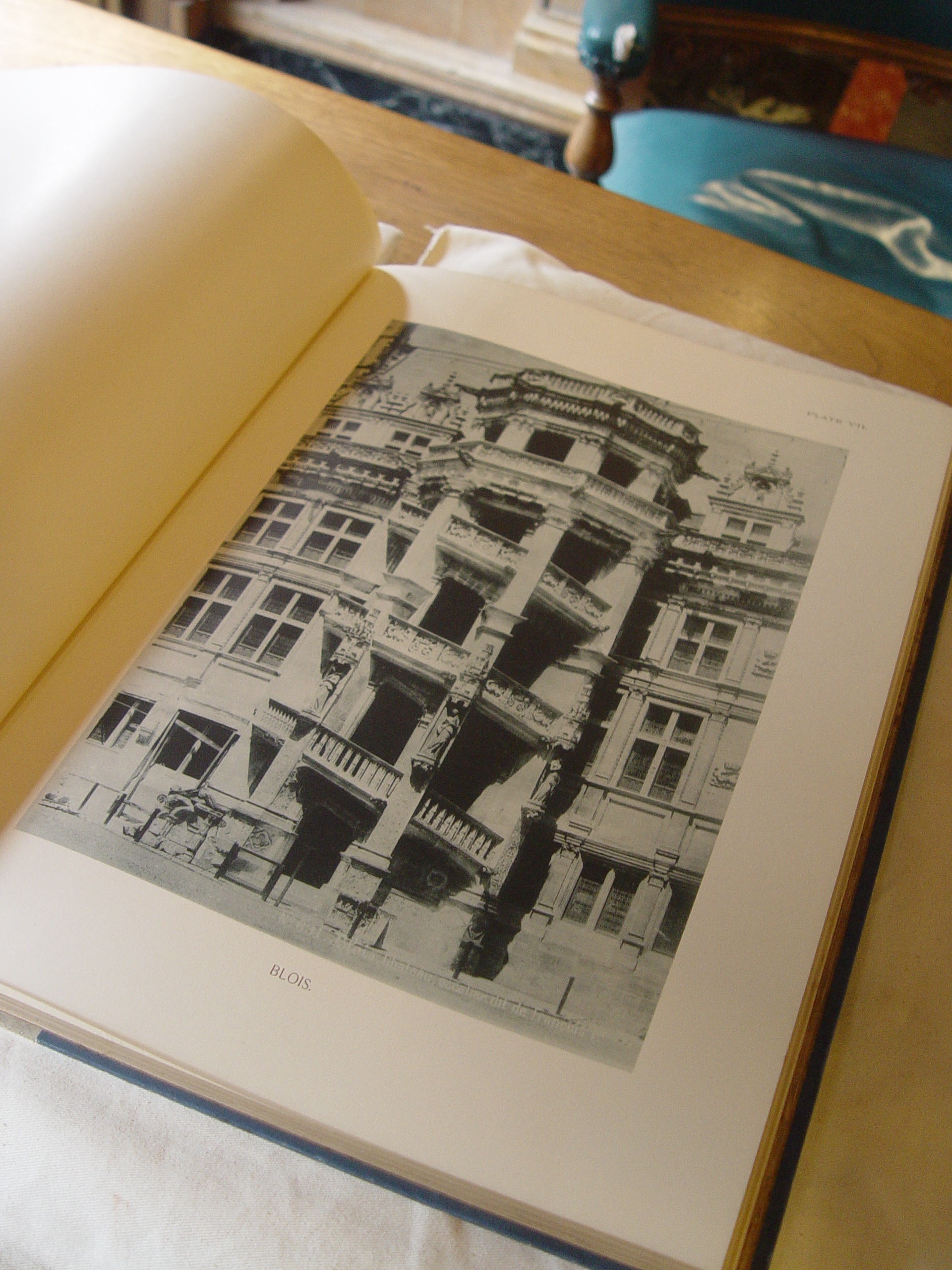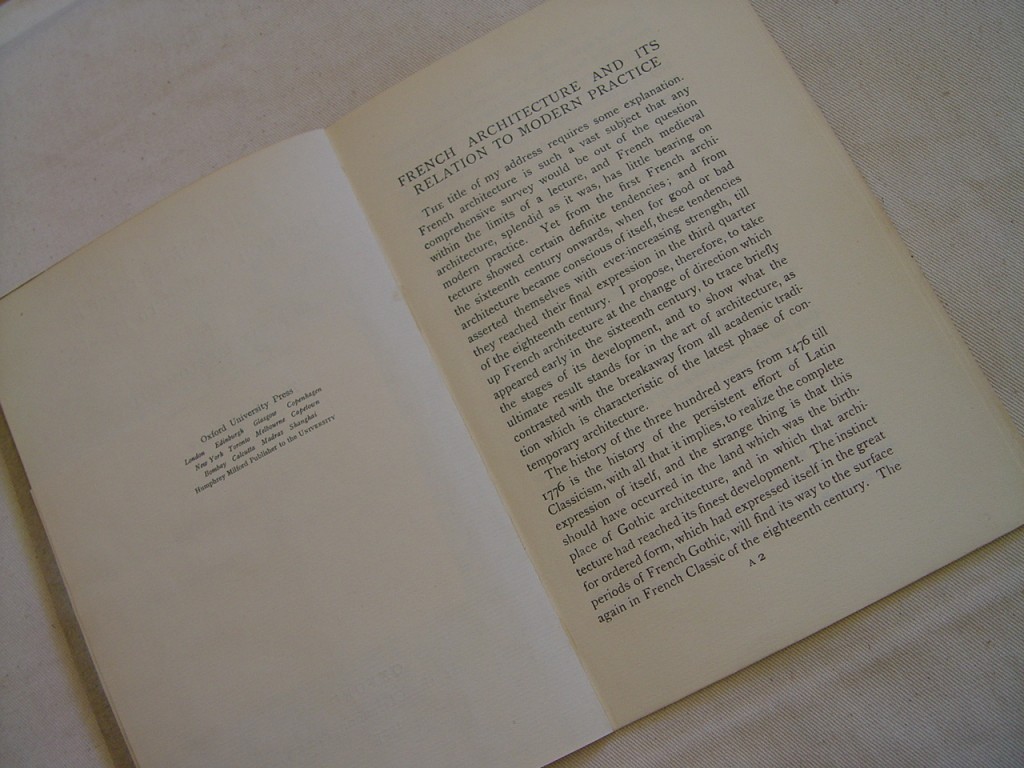Event: Research + Pizza features Matt Fajkus talking about his research in sustainable architecture. The event is free and open to the public.
When: Noon, Wednesday, October 5
Where: The University of Texas at Austin, Perry-Castañeda Library, Room 2.500 (map).
Background: The University of Texas Libraries second installment of Research + Pizza features School of Architecture professor Matt Fajkus who will talk about the Thermal Lab and sustainable architectural design strategies, focusing on building envelopes and efficient facade systems.
Fajkus’s research informed his part in the collaborative design of the Home Research Lab, built as part of the Pecan Street Smart Grid experiment to integrate scientific research with sustainable living strategies for the public.
Free Pizza (while it lasts) generously provided to attendees by program supporter Austin’s Pizza.
Research + Pizza is a lunchtime lecture series featuring research presentations by faculty from across the university.
Monthly Archives: September 2011
Memento Pratique d’Archeologie Francaise
Flipo, Vincent. Mémento Pratique d’Archéologie Française: Illustré de 700 Gravures dans le Texte et de 18 Hors-texte, Tirés en Héliogravure. Paris: Firmin-Didot, c. 1930.
Collection: Cret
In the spirit of turn-of-the century positivism, Vincent Flipo’s French-language Mémento Pratique d’Archéologie Française represents an effort to reduce the architectural to taxonomic components. Flipo organizes his study rather conventionally, beginning with a chapter on materiality, but quickly moves on to a chronology of building type. This allows Flipo to establish the basic building blocks that organize medieval architecture, focusing large sections of text on each component. As he progresses, Flipo charts the evolution of earlier models, documenting them textually and with renderings of architectural components, plans and sections, and black and white photography occasionally overlaid with plan data. Flipo focuses his study on religious architecture evolution of building typologies and iconography as the Gothic becomes increasingly attenuated and ogival.
Library of Congress call number: NA 1041 F5
The Renaissance under the Valois
Mathews, Charles Thompson. The Renaissance under the Valois: A Sketch in French Architectural History. New York: W.T. Comstock, 1893.
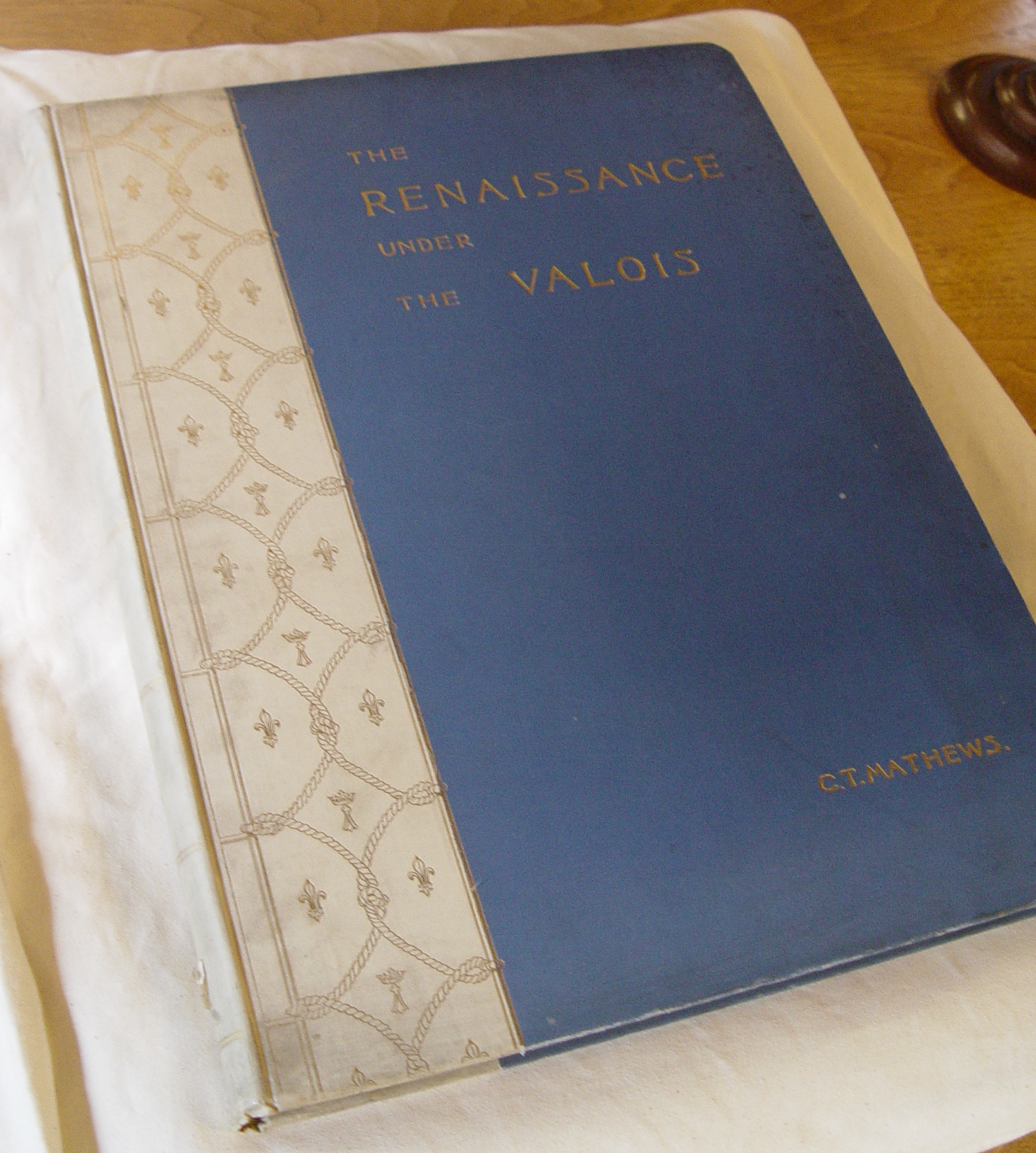
Mathews’ English-language The Renaissance under the Valois documents in 41, high-quality historic photographs of some of France’s most celebrated architecture. Short chapters complement series of images, each organized chronologically to support Mathews’ central thesis–namely, that the French Renaissance was an evolutionary style emerging out of a marriage between the Gothic picturesque and Italian Renaissance practices filtered through a specifically French perception of the architectural ideal. These chapters are well organized and include marginalia to guide reading and quick reference. Clearly a product of the post-Napoleonic imperial era, the book takes on a resoundingly nationalist tone collapsing zeitgeist with historiography to create a document that not only reproduces in elegant visual detail the relationship between designed space and temporality, but also that which arises between the academic undertaking and its specific moment of execution.
Library of Congress call number: NA 533 M4
French Architecture and its Relation to Modern Practice
Blomfield, Reginald. French Architecture and its Relation to Modern Practice. Oxford: Clarendon Press, 1927.
Nostalgia defines this the third title in our French architecture series from the pen of Sir Reginal Blomfield. An English gentlemen, architect and scholar, Blomfield extends his considerable experience beyond the bounds of academic contribution and into the realm of criticism to celebrate purity and order in architectural design. His romanticized yearnings locate a peak in French Architectural achievement, one that slowly erodes “in the shallows and quicksands of Viollet le Duc’s medieval travesties.” This 21-page manifesto includes other such vitriolic gems extolling, by nation, the undesirable idiosyncrasies of modernist experimentation happening throughout the continent. At times, Blomfield betrays a chauvinism born not out of a natural proclivity toward racial superiority but rather emerging out of his own quintessential Englishness, a celebration of the exquisiteness of his own citizenship. And in his nationalist reverence for the past and even pastness, he recalls the Scholar Gypsy, who witnesses “this strange disease of modern life” as it “Still nurs[es] the unconquerable hope, Still clutch[es] the inviolable shade.”
Library of Congress call number: NA 1041 B5

